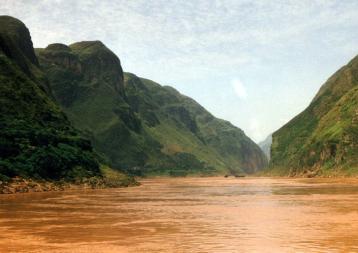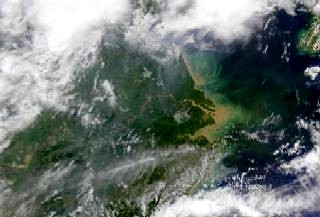The Off-Site Impacts of Soil Erosion
In addition to its on-site effects, the soil that is detached by accelerated water or wind erosion may be transported considerable distances. This gives rise to off-site problems.

Water erosion’s main off-site effect is the movement of sediment (eroded soil) and agricultural pollutants into watercourses. Sediment transported off-site can lead to sedimentation of watercourses and dams, disruption of the ecosystems of lakes, and contamination of drinking water. It may also damage houses and other buildings which are close to the source of the erosion: so-called 'muddy floods'.

The off-site movement of agricultural chemicals may be less obvious than the off-site movement of sediment, but it can be just as serious. Rates of erosion do not have to be high for significant quantities of agricultural pollutants to be transported off-site. These chemicals move into, and pollute, downstream watercourses and water bodies.
Where inputs of agricultural chemicals are high — as in the more affluent nations — costs of removing such pollutants from drinking water can be considerable. In the more affluent areas of the world it is often the impacts of off-site movement of agricultural chemicals which are the main driver for soil conservation initiatives and policy changes.
A less common off-site effect of soil erosion occurs in situations where eroded soil has a decreased capacity to absorb water. This results in increased runoff which may lead to downstream flooding and local damage to property, and in some cases increased downstream flooding of rivers.
Dr David Favis-Mortlock, April 2025




